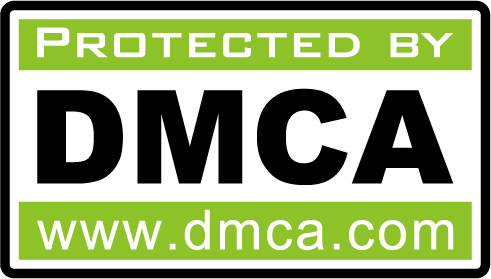Bearings are critical components in machinery, and their proper lubrication and maintenance are essential for ensuring optimal performance and longevity. The following sections provide a detailed guide on the lubrication and maintenance of bearings.
Types of Lubricants
Grease Lubrication
- Composition: Grease is composed of a base oil, thickener, and additives.
- Applications: Suitable for applications where re-lubrication is difficult or infrequent. Commonly used in sealed bearings.
- Advantages: Provides good sealing properties, protects against contaminants, and has a longer service life compared to oils.
Oil Lubrication
- Types: Mineral oils, synthetic oils (such as PAO, ester-based), and specialty oils.
- Applications: Preferred for high-speed applications due to better cooling properties.
- Advantages: Superior heat dissipation, can be filtered to remove contaminants, and allows for easier monitoring of lubricant condition.
Solid Lubricants
- Examples: Graphite, molybdenum disulfide (MoS2).
- Applications: Used in extreme conditions such as high temperatures or vacuum environments where liquid lubricants would evaporate or degrade.
Lubrication Methods
Manual Lubrication
- Involves periodic application of grease or oil using tools like grease guns or oil cans.
- Requires regular intervals based on operating conditions and manufacturer recommendations.
Automatic Lubrication Systems
- Includes centralized lubrication systems that deliver precise amounts of lubricant at controlled intervals.
- Benefits include consistent lubrication, reduced labor costs, and minimized risk of over- or under-lubrication.
Oil Bath Lubrication
- Bearings are partially submerged in an oil bath within a housing.
- Suitable for low to moderate speeds; ensures continuous supply of lubricant.
Circulating Oil Systems
- Oil is pumped through the bearing housing and then filtered and cooled before being recirculated.
- Ideal for high-speed applications requiring effective heat dissipation.
Maintenance Practices
Regular Inspection
- Visual checks for signs of wear, contamination, or leakage.
- Use tools like stethoscopes or vibration analysis equipment to detect abnormal noises or vibrations indicating potential issues.
Re-Lubrication Intervals
- Follow manufacturer guidelines for re-lubrication frequency based on operating conditions such as load, speed, temperature, and environmental factors.
- Over-lubrication can cause excessive heat generation; under-lubrication can lead to increased friction and wear.
Cleaning Procedures
- Ensure bearings are clean before applying new lubricant; use appropriate solvents if necessary.
- Avoid using compressed air directly on bearings as it can introduce contaminants or moisture.
Monitoring Lubricant Condition
- Regularly sample and analyze lubricant for signs of degradation (e.g., changes in viscosity) or contamination (e.g., presence of metal particles).
- Implement corrective actions based on analysis results to prevent bearing failure.
Environmental Control
- Protect bearings from exposure to dust, moisture, chemicals, and other contaminants by using seals or shields.
- Maintain proper storage conditions for spare bearings to prevent corrosion or damage before installation.
Conclusion
Proper lubrication and maintenance are vital for the reliable operation of bearings in any machinery. By selecting the appropriate type of lubricant, employing suitable lubrication methods, adhering to regular maintenance practices, and monitoring the condition of both the bearings and lubricants used, one can significantly extend the service life of bearings while ensuring efficient performance.










